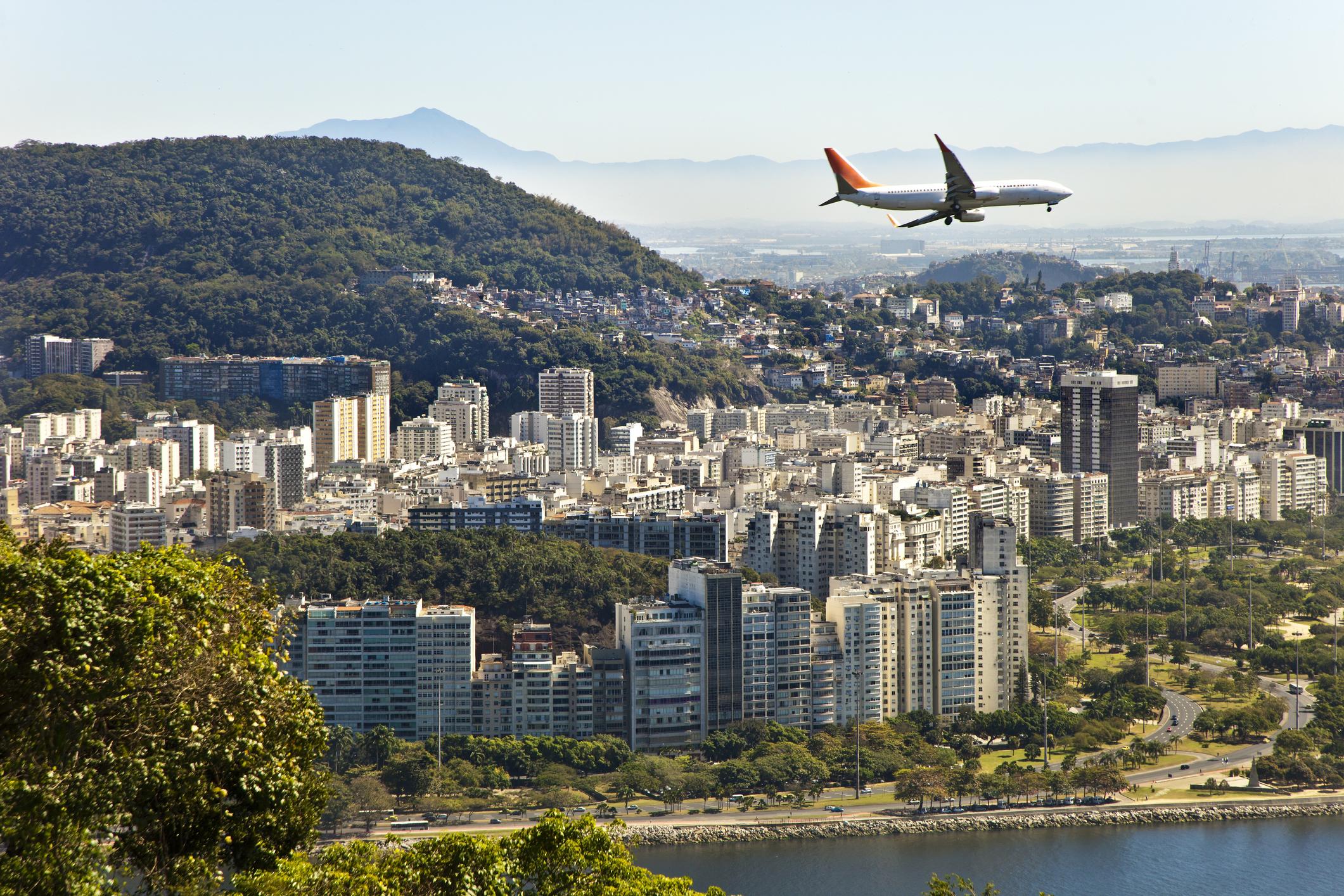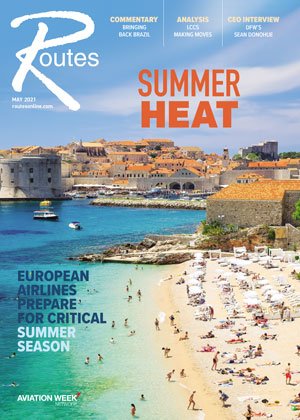Commentary: Blueprint for Brazil

The air travel situation in São Paulo and Brazil has been difficult. It’s hard to see how the next couple of weeks, or months, will move forward, which makes forecasting very hard. But we know the demand exists and we’re looking to the future.
On the domestic side we have seen a very strong recovery. We were one of the fastest countries to recover, and that’s driven by leisure travel; people cannot fly internationally so they have traveled to the beach or nature escapes.
In December and January, we had recovered close to 75% of our pre-COVID-19 domestic traffic, so we believe that once the latest wave passes we can recover quickly to at least 80%-85% of the pre-COVID traffic.
International travel is a different story. Brazil’s market is open but many of those we fly to are not. The markets we can fly to—for example, Mexico and the Caribbean Islands—are performing well, but it’s not enough.
When the US or European markets open for business, that’s when we’ll see the impact of that pent-up demand. I believe we can get to about 50% of the pre-COVID traffic within three to four months once the borders open.
We also need Argentina to be open. Buenos Aires is a major market for us, but it’s also much more viable for European airlines to fly to São Paulo and connect on to Buenos Aires than to bring two aircraft every day.
The market is like a chess board at the moment, especially while the demand is still recovering. Cargo is another vital piece of the puzzle. For example, pre-COVID we had 17 flights a week with Lufthansa, and now we still have 14.

Routes May 2021
The load factors on those flights are in the low 40s, percentage-wise, but they have a huge amount of cargo. So, we don’t need more capacity in the market; right now, we have about 50% of the capacity we had pre-COVID. But when it comes to rebuilding the cargo that means airlines will be able to offer good prices to stimulate demand and still earn money. This is also important for GRU considering our geographic location in the south of South America. Airlines need widebodies to reach us and cargo can compensate for the lack of business travel carriers would usually need, making routes financially sustainable.
So, when the government money runs out and airlines start to be more rational with route planning and look at where they can make money, I believe this will favor hub airports with a larger network of connections. This geography also affects our demand.
We need more routes; we don’t have Cartagena, Cusco or Atacama Desert for example. US carriers are flying to Central America and the Caribbean islands much more than before, but they cannot reach us with narrowbodies. In our market we don’t have point-to-point LCC airline business models like Ryanair or easyJet in Europe.
That is something that we were struggling with before COVID in Brazil and perhaps this is an opportunity for LCCs in our market, such as Viva Air, jetSMART or SKY Airline, to take a different approach. COVID makes this opportunity greater.
If people want to fly in safety, they might be more willing to visit remote locations like Atacama. There are point-to-point markets that could be stimulated. If you don’t feel safe going to Paris, you might want to go to Patagonia and see the beauty of Antarctica. Then you could start bringing Europeans who want multi-stop trips or to see something different. To make this a success, airlines also need more cooperation and less competition. For example, they might need to split passengers’ trips in two to take them where they want to go.
Counties around us desperately need tourists. São Paolo is the largest outbound leisure travel market in the region, so if these business models emerge in South America the opportunity is there. But the question is: Will the carriers be able to grab that opportunity, or are we just going to think business as usual?
Photo credit: Getty Images / Gonzalo Azumendi




